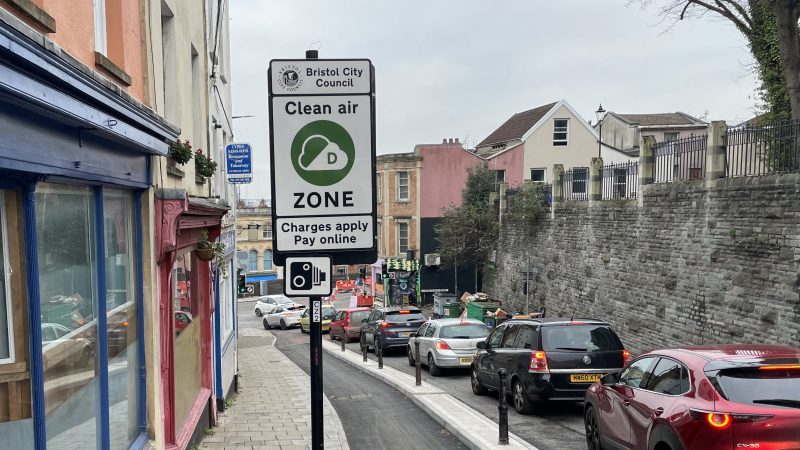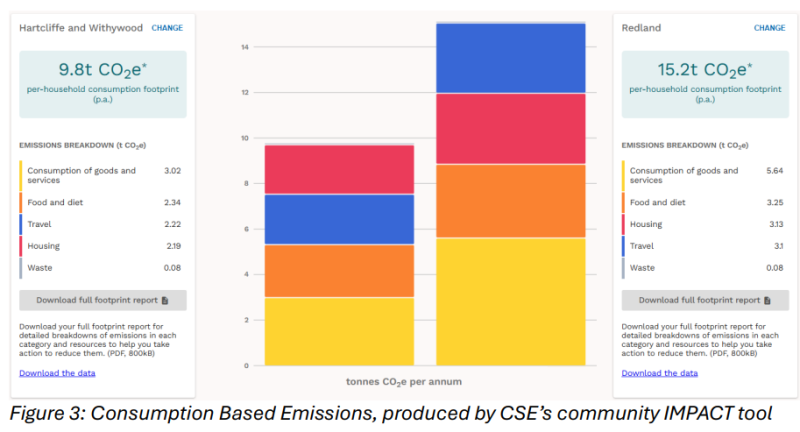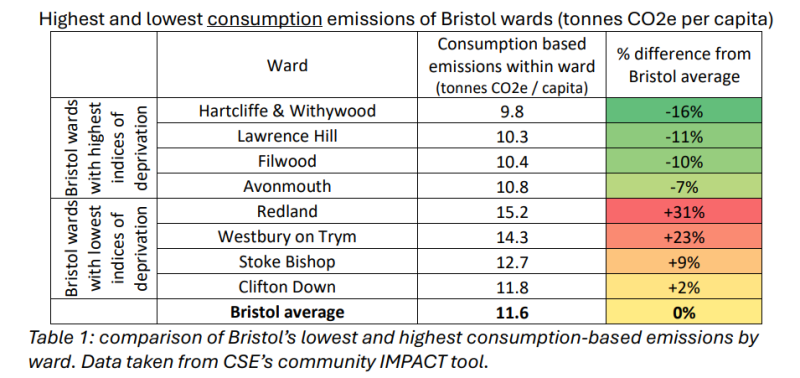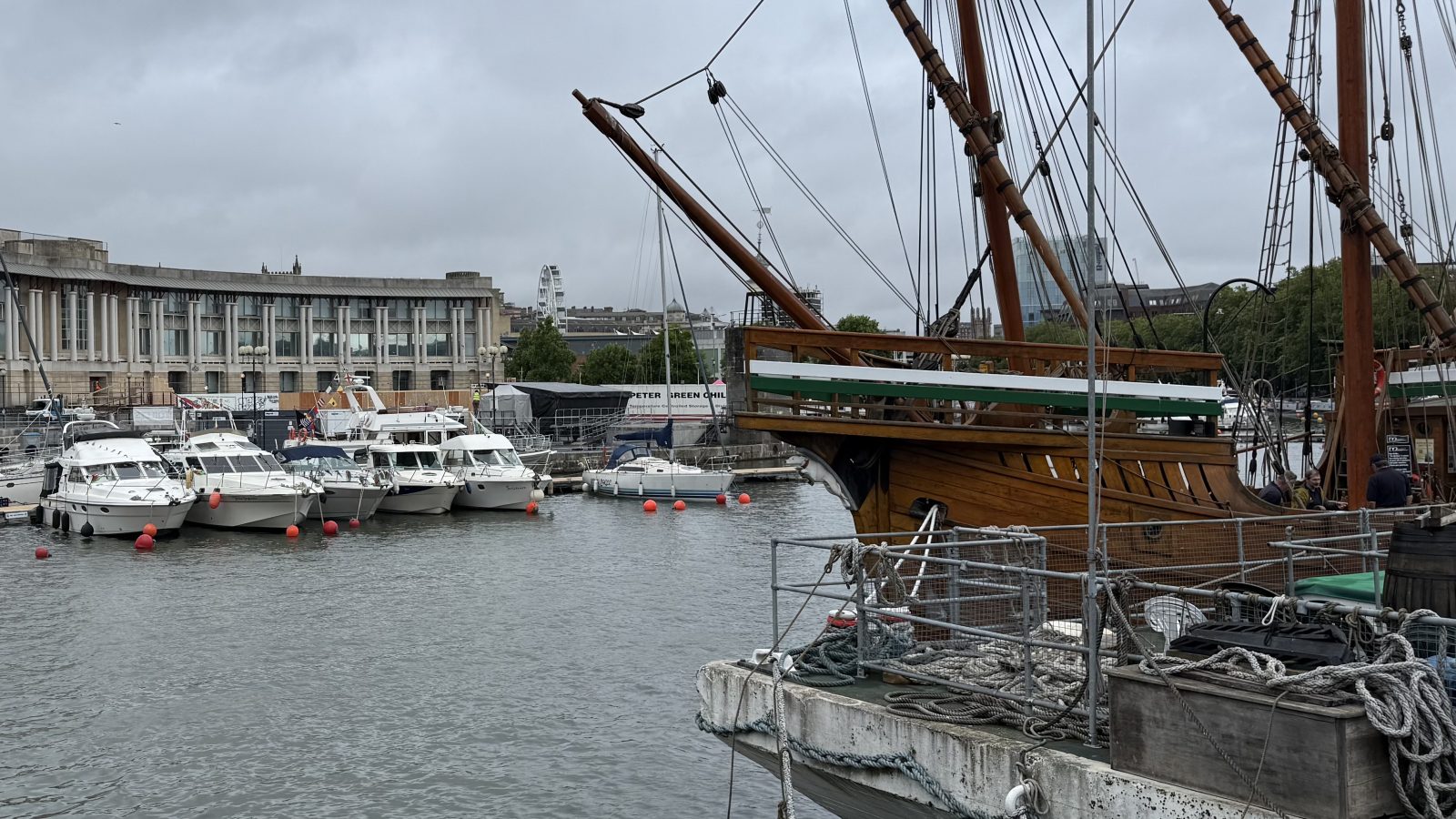News / bristol city council
Bristol leads Core Cities in emissions reductions
Bristol is ahead of all other Core Cities in cutting carbon emissions, the latest data shows.
The footprint of residents was calculated at 3 tonnes CO2e per person, a reduction from 8.2 tonnes which amounts to a 62 per cent per person reduction between 2005 and 2023.
The average across the Core Cities alliance – 12 major UK cities outside London including Manchester, Belfast, Birmingham, Edinburgh and Cardiff – was 3.5 tonnes CO2e, and the national average 4.8 tonnes CO2e, or a 52 per cent per person reduction.
is needed now More than ever
Bristol’s progress, outlined in a report prepared for the next meeting of the Environment and Sustainability committee on July 24, builds on the council’s work in this area which resulted in the city reducing emissions by 40 per cent in 2018, two years ahead of target.

The report flags partnerships such as Bristol City Leap, which has so far delivered £51m for decarbonisation projects citywide, in helping to scale and speed up progress – photo: Bristol City Leap
Transport is responsible for over one third (37 per cent) of emissions, domestic energy use for 30 per cent and commercial properties for 15 per cent. The remainder is attributed to public sector, industry and landfill waste.
On future plans, the report says: “Over the next three years, there are significant improvements planned for the city centre which will help to make walking, cycling or public transport the most appealing choice for most journeys.
“If agreed, a Workplace Parking Levy will alleviate congestion and provide revenue to reinvest in bus and rail services.”
The council is also planning to launch freight consolidation trials to reduce the carbon impact of deliveries, and to “give increasingly more priority to public transport and help improve journey times and make services more affordable” as part of its ‘Strategic Corridors’ programme.

the report outlines the benefits to residents delivered by reducing emissions and says “the delivery of a Clean Air Zone and a multi-million-pound package of mitigation has been one of the most significant health interventions in the city in decades” – photo: Martin Booth
The data also reveals differences between the carbon footprint of those in more deprived wards compared to more affluent neighbourhoods.
Emissions relating to consumption – including goods or services produced outside the city and wider travel of Bristol residents – as well as those produced by energy use, transport, food and waste, mirror indices of deprivation across the city.
Residents of Hartcliffe & Withywood produce on average 36 per cent fewer emissions from the consumption of goods and services than residents of Redland.
They also have lower scores for food, travel and housing, but produce the same amount of waste-related emissions. 
The data was crunched by the Impact Community Carbon Calculator, developed by the Centre for Sustainable Energy with the University of Exeter.
“It draws on more than 30 datasets,” says the report, “to estimate the total amount of greenhouse gases produced directly and indirectly as a result of everyday human activities in the given locality – heating homes, using electricity, transport, producing and distributing food, disposing of waste, etc.
“Figure 3 shows this data for two wards in Bristol which have the highest and lowest entries in this database.”
The general pattern found in Bristol in turn reflects global trends, where emissions are linked to country wealth status as well as individual personal wealth, with lower income countries producing the fewest emissions but being hit hardest by climate change impacts.

Bristol City Council’s corporate emissions, comprising largely its own building use and vehicle fleet, is forecast at 88 per cent reduction by the end of this financial year, a significant achievement though the target set by former mayor Marvin Rees was for council carbon neutrality by the end of 2025/26.
Environment committee chair Martin Fodor highlighted the drive to net zero as “one of the most ambitious and important endeavours we’ve ever set out to achieve”.
He thanked residents and partners for taking meaningful action but said there’s more to be done:
“We need to use this latest update as a rallying call to push further and faster to secure a just transition to Net Zero…. We cannot linger long if we’re to meet the national target set in law.
“We’re…eager to see further momentum built up in delivering climate positive actions such as electrification of transport systems, growing the green skills economy and furthering efforts to decarbonise homes and businesses.
“The recent heatwaves we’ve experienced provoke the real urgency of acting now and why true partnership working is vital if we’re to achieve what’s needed.”

Martin Fodor has been the councillor for Redland since 2014, and is the longest serving Green Party member of the 34 currently serving on the council – photo: the Green Party
The council has released its Corporate Strategy for 2025-30, with accelerating climate action and nature recovery one of its five priorities.
An update to the Climate Emergency Action Plan is planned by November.
Bristol residents say they are worried about the impacts of climate change, with 83 per cent of respondents to the council’s Quality of Life survey expressing concern about the issue in 2024.
The report outlines the multiple benefits emissions reduction provides for residents including improved air quality, better health, better paid jobs in a rapidly growing industry, energy cost reductions and social value delivered by, for example, Community Climate Action projects which, following their success over the last three years, will now be rolled out across the West of England.
Main image: Martin Booth
Read next:
 Our newsletters emailed directly to you
Our newsletters emailed directly to you















